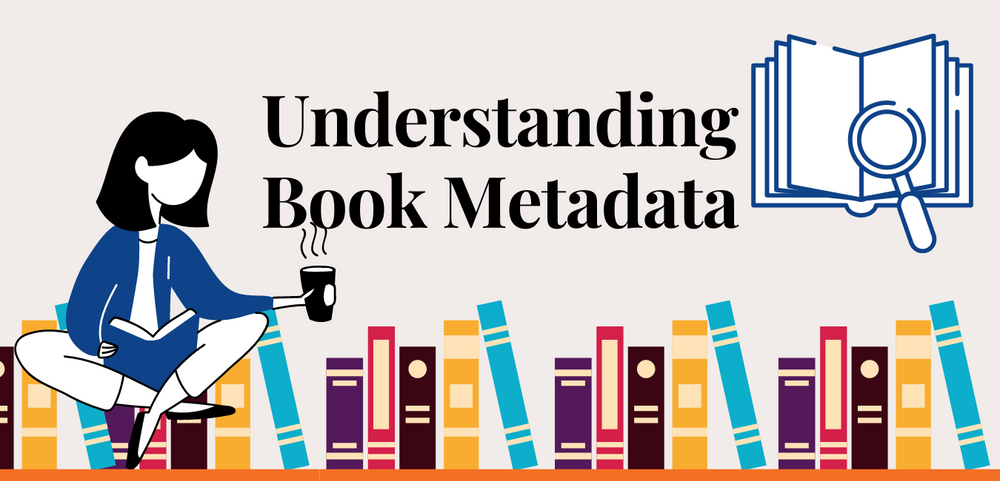Good book metadata is one of the crucial elements of sales and book marketing strategy. Having good book metadata can make a distinction from other books.
What is Metadata?
It refers to the information about the book. It includes the keywords, subtitle, author name, ISBN, BISAC code, author bios, reviews, date publication, and other relevant information.
Metadata is a description of what the book entails. It helps the reader with various things, such as but not limited to:
Inclusions in Metadata
- Title
- ISBN (International Standard Book Number)- an international reference book identifier that is deliberately unique
- Author- relevant information about the author
- Publication Status
- Publication Date
- Page Count
- Spine Size
- Book Media
- Trim size and Book Weight
- Target market and age- appropriateness
- Time Eras and Locations- where and when the story is taking place
- Exceptional Features and Selling Points- particular target market of the book
Other Inclusions
- Excerpt
- Table of contents
- BISAC Merchandising Themes
- Keywords, Excerpts & Citations
Importance of Metadata in Book Publishing
Metadata is a medium of how the reader finds or locates an author’s book. Readers only remember notable information, and they look up through the internet using this little information. The details of a book will be accessible if that specific book has good metadata.
Having no good metadata will lose the relevance of the book. For instance, if you have books, you arrange them according to their genre. You organize them so you can easily access them. If you do not layout them according to their particular genre, you will have an ordeal finding them. The principal purpose of metadata is to have a book searchable and easily accessible by the readers.
